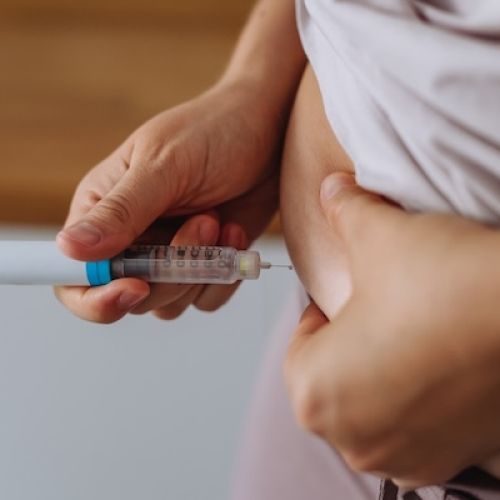What to Expect from IVF

In-vitro fertilization (IVF), is the primary form of assisted reproductive technology, which was responsible for 1.9% of births in 2018. During IVF, your eggs are collected and your partner’s sperm is used to fertilize the eggs in a laboratory. A fertilized egg is transferred into your uterus, and if it implants, you become pregnant.
At the California Center for Reproductive Health, we customize your IVF treatment to give you the best outcome. Here’s what to expect if you’ve made the choice to go through this procedure to conceive.
A possible first step: ovulation suppression
Ovarian suppression isn’t the first step for all women, but if we decide this is needed, you’ll be given birth control pills or a medication called leuprolide. This gives us better control over the timing of your cycle.
Stimulating ovulation
Ovarian stimulation is usually achieved with hormone injections. The shots most likely include follicle-stimulating hormone (FSH) and/or luteinizing hormone (LH). We determine the right combination for your body.
During this ovarian stimulation, we monitor you closely with blood tests and ultrasounds to evaluate the number of egg follicles that are developing and how your uterine lining is thickening.
Triggering maturation
The doctors administer a “trigger shot” when your follicles are just about ready. This shot consists of human chorionic gonadotropin (hCG) or leuprolide to encourage the eggs to mature and stimulate ovulation.
Egg harvesting
About 36 hours after your trigger shot, we’re ready to retrieve your eggs. You’re placed under light sedation or given pain medication. We use an ultrasound-guided needle inserted transvaginally to reach your ovaries and remove the egg from each of your follicles. Usually, 10-15 eggs are harvested in any one cycle, but sometimes it’s just a few or more than 15.
Sperm samples
During egg harvesting, or close to that time on the same day, your partner produces a sperm sample. If you’ve opted for donor sperm or previously frozen sperm, it’s being prepared.
Fertilizing the egg
Eggs are fertilized in one of two ways: intracytoplasmic sperm injection (ICSI) or standard insemination. With ICSI, the doctors inject a single sperm into an egg. With standard insemination, your eggs are placed in a petri dish with more than 50,000 sperm in hopes one pair meets. The type of fertilization technique depends on your particular situation and the doctor’s recommendations.
Monitoring the embryo
The eggs that have potentially been fertilized are monitored for fertilization. If an embryo or embryos form, they’re monitored for healthy growth and development. The doctors look for an embryo of 6-8 cells by three days after fertilization and a healthy blastocyst by day five.
If you’ve planned on preimplantation genetic testing, this is done before implantation. A few cells are removed and tested.
Preparing for transfer
One to two days after your eggs are fertilized in the lab, you start a progesterone supplement to optimize your uterine lining for implantation. This may be administered by injection, suppositories, or vaginal gel. You may continue this progesterone supplement at least through confirmation of pregnancy.
Transferring the embryo
Within 3-5 days after your egg harvesting and fertilization, the embryo(s) are transferred to your uterus. The doctor uses ultrasound to guide a catheter through your vagina and cervix into the uterus. The hope is that an embryo implants and produces a viable pregnancy. You’re awake for this process and can often watch it on a nearby monitor.
Immediately following the transfer and for the next five days or so, we recommend you take it easy and avoid sexual intercourse so you don’t cause contractions that could deter implantation.
Testing for pregnancy
We know you’re eager to find out the results of your IVF procedure, but resist the urge to use a home pregnancy test in the first few weeks after the embryo transfer. You’re likely to get a false positive due to hormones used during the process or a false negative because it’s too early to detect pregnancy.
We will do a blood test about two weeks after the embryo transfer to determine if the IVF procedure was successful.
Dealing with infertility is extremely difficult and sensitive, but our team at the California Center for Reproductive Health is ready to help you. Whether it’s helping a woman overcome infertility due to endometriosis, reversing a tubal ligation, or addressing ovulatory failure, the doctors and staff provide expertise and compassion.
Traditional IVF is just one of many fertility treatments possible. Call one of the offices in Encino, Santa Monica, Valencia, Alhambra, and West Hollywood, California, to set up a consultation and evaluation. Alternatively, you can schedule an appointment online.




